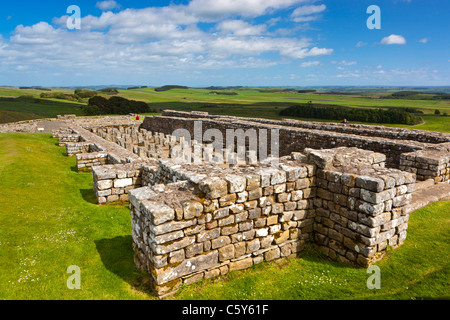
The route was slightly north of Stanegate, an important Roman road built several decades earlier to link two forts that guarded important river crossings: Corstopitum ( Corbridge) on the River Tyne and Luguvalium (Carlisle) on the River Eden.Īlthough the curtain wall ends near Bowness-on-Solway, this does not mark the end of the line of defensive structures. The A69 and B6318 roads follow the course of the wall from Newcastle upon Tyne to Carlisle, then along the northern coast of Cumbria (south shore of the Solway Firth).

Hadrian's Wall extended west from Segedunum at Wallsend on the River Tyne, via Carlisle and Kirkandrews-on-Eden, to the shore of the Solway Firth, ending a short but unknown distance west of the village of Bowness-on-Solway.
Vallum latin free#
Little remains in lowland regions, where the Wall was plundered as a source of free stone for new buildings. Sections of Hadrian's Wall still remain, particularly in its hilly central sector. Tomlin argues that along the miles-long wall there would have been a tower every third of a mile, adding more to the dimensions of the structure, as evident by the plentiful remains of the turrets. īede, a medieval historian, wrote the Wall to be standing at 12 feet (4 metres) high, with evidence suggesting it could have been a few feet higher at its formation. As some areas were constructed of turf and timber, it would take decades for certain areas to be modified and replaced by stone. Not long after construction began on the Wall, its width was reduced from the originally planned 10 feet (3.0 m) to about 8 feet (2.4 m), or even less depending on the terrain. This covered the entire width of the island, from Wallsend on the River Tyne in the east to Bowness-on-Solway in the west. The length of the Wall was 80 Roman miles (a unit of length equivalent to about 1,620 yards or 1,480 metres), or 73 modern miles (117 kilometres). Limes and Hadrian's Wall (Latin with English subtitles) The wall lies entirely within England and has never formed the Anglo-Scottish border. Hadrian's Wall marked the boundary between Roman Britannia and unconquered Caledonia to the north. In comparison, the Antonine Wall, thought by some to be based on Hadrian's wall, was not declared a World Heritage site until 2008. It was designated as a UNESCO World Heritage Site in 1987.


Regarded as a British cultural icon, Hadrian's Wall is one of Britain's major ancient tourist attractions. The largest Roman archaeological feature in Britain, it runs a total of 73 miles (117.5 kilometres) in northern England. Ī significant portion of the wall still stands and can be followed on foot along the adjoining Hadrian's Wall Path. In addition to the wall's defensive military role, its gates may have been customs posts. Running "from Wallsend on the River Tyne in the east to Bowness-on-Solway in the west", the Wall covered the whole width of the island. Hadrian's Wall ( Latin: Vallum Aelium), also known as the Roman Wall, Picts' Wall, or Vallum Hadriani in Latin, is a former defensive fortification of the Roman province of Britannia, begun in AD 122 in the reign of the emperor Hadrian.


 0 kommentar(er)
0 kommentar(er)
